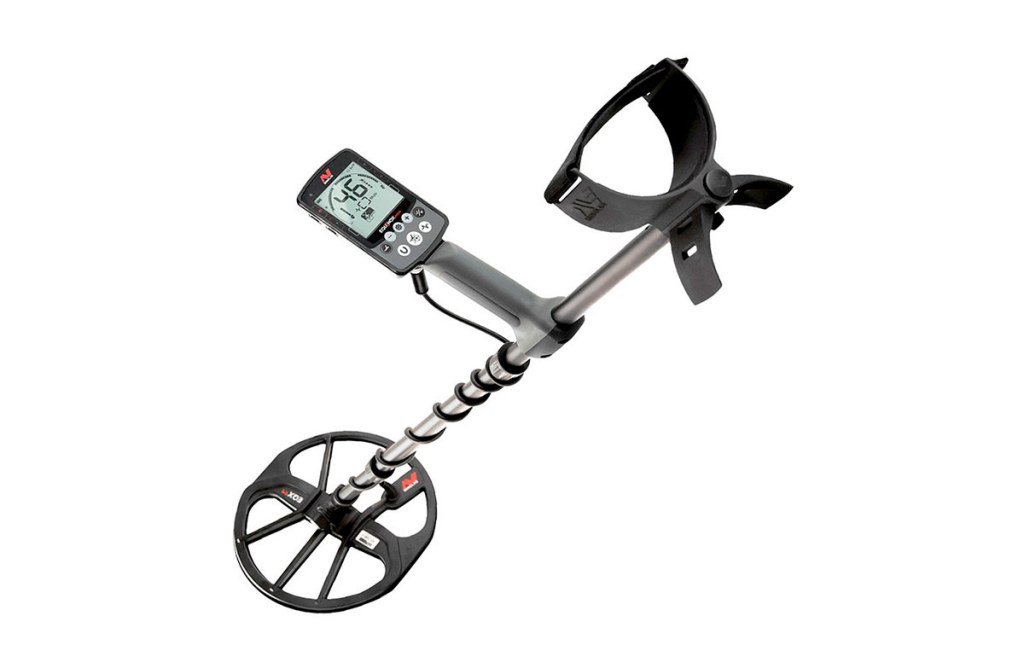Metal Detector Types: A Comprehensive Guide
If you are new to the world of metal detecting, you may be overwhelmed by the variety of metal detector types available on the market. Each type has its own unique features and specifications that cater to different purposes and environments. In this guide, we will walk you through some popular metal detector types to help you make an informed decision.
1. VLF (Very Low Frequency) Metal Detectors:
VLF detectors are the most common and versatile ones in the market. They work by transmitting and receiving electromagnetic frequencies that can detect various types of metals. These detectors excel at finding small objects like coins, jewelry, and relics in dry land environments such as parks or beaches.
2. PI (Pulse Induction) Metal Detectors:
PI detectors are designed for more challenging terrains like highly mineralized soils, saltwater beaches, or underwater exploration. Unlike VLF detectors, they use pulses of electricity to generate magnetic fields that quickly respond to changes caused by metallic objects.
3. Beat Frequency Oscillation (BFO) Metal Detectors:
BFO detectors are typically beginner-friendly due to their simplicity and affordability. They consist of two coils with one acting as a transmitter while the other functions as a receiver. BFO detectors are ideal for locating large metallic objects but may struggle with smaller targets or mineral-rich areas.
4. Multi-Frequency Metal Detectors:
These advanced detectors operate at multiple frequencies simultaneously or sequentially to enhance detection capabilities across various ground conditions. Multi-frequency detectors offer better target separation and depth performance compared to single-frequency models.
5. All-Terrain Metal Detectors:
All-terrain metal detectors combine features from both VLF and PI technologies, making them versatile for use in different environments such as land or water detecting scenarios. These models often have enhanced waterproofing capabilities along with specialized search modes specific for certain terrain types.
6.Wireless Metal Detectors:
Wireless metal detectors allow you to connect your headphones or other audio devices wirelessly, providing more freedom of movement and convenience during your treasure hunts. These models often come with built-in speakers for audible alerts.
7. Pinpointers:
While not technically metal detectors, pinpointers are handheld devices that complement the main detector’s functionality by helping to precisely locate the target’s location in the ground. They emit a concentrated signal when close to a metallic object, making it easier to recover targets efficiently.
When choosing a metal detector type, consider factors such as your experience level, budget, intended hunting locations, and target preferences. Research different brands and models within each category to find one that best suits your needs. Remember that practice and patience are key in mastering any metal detector type, so give yourself time to learn its intricacies and enjoy the exciting world of metal detecting!
